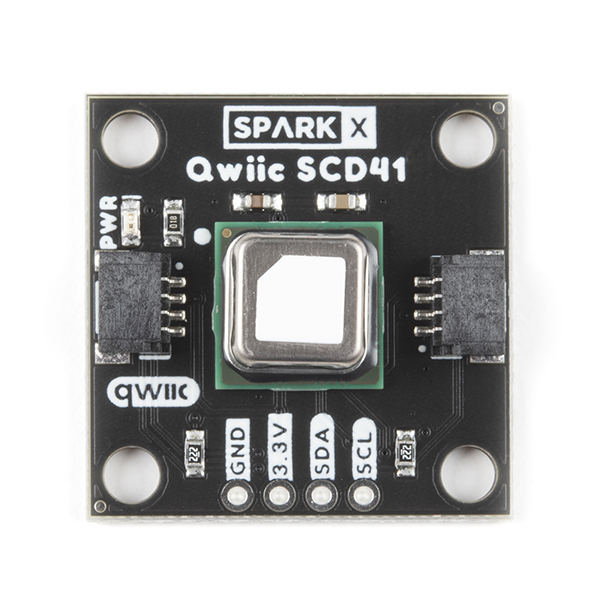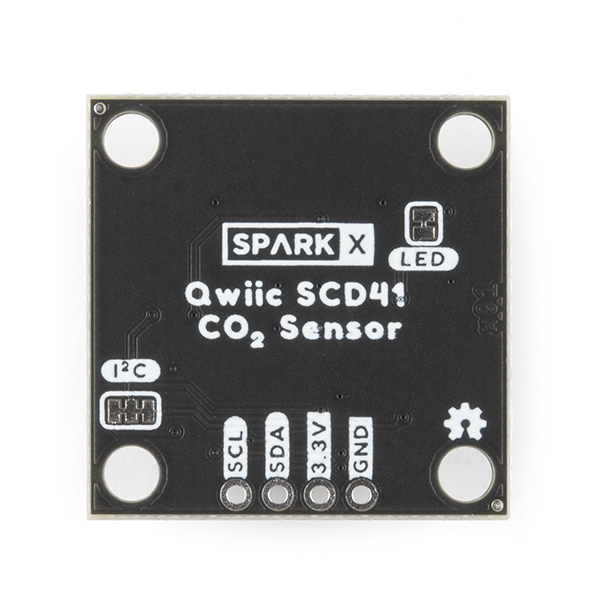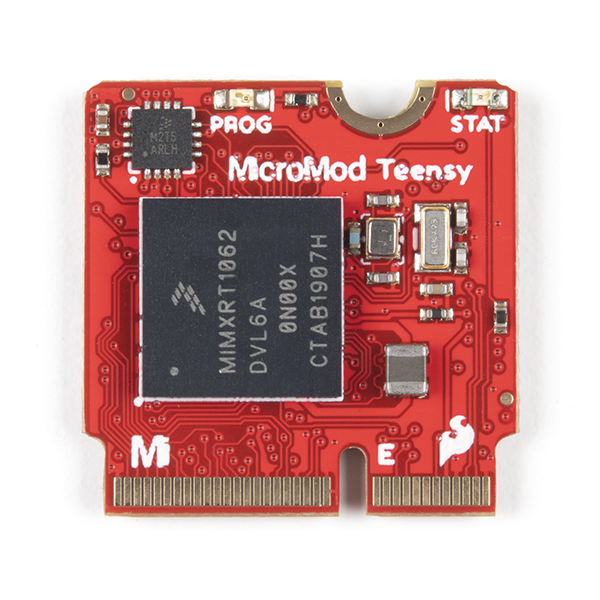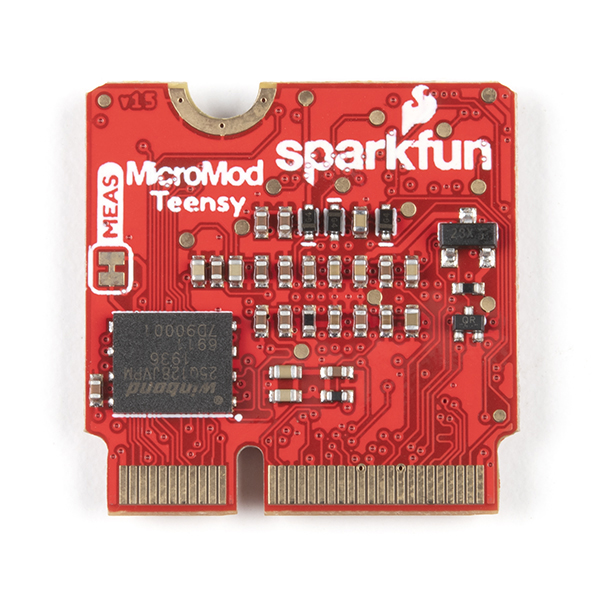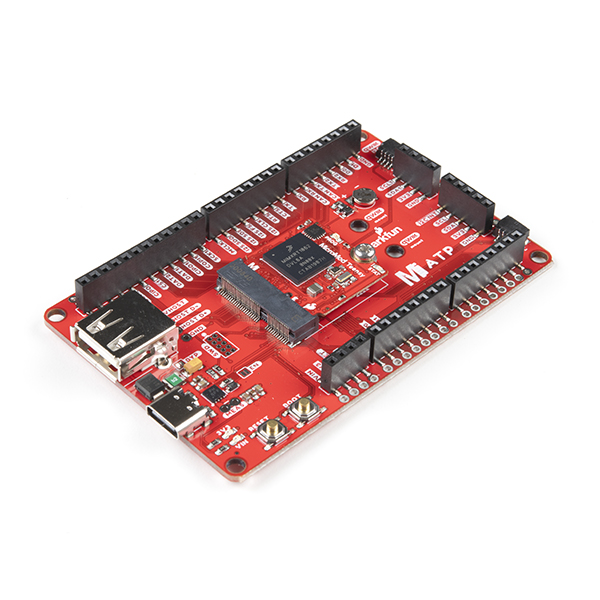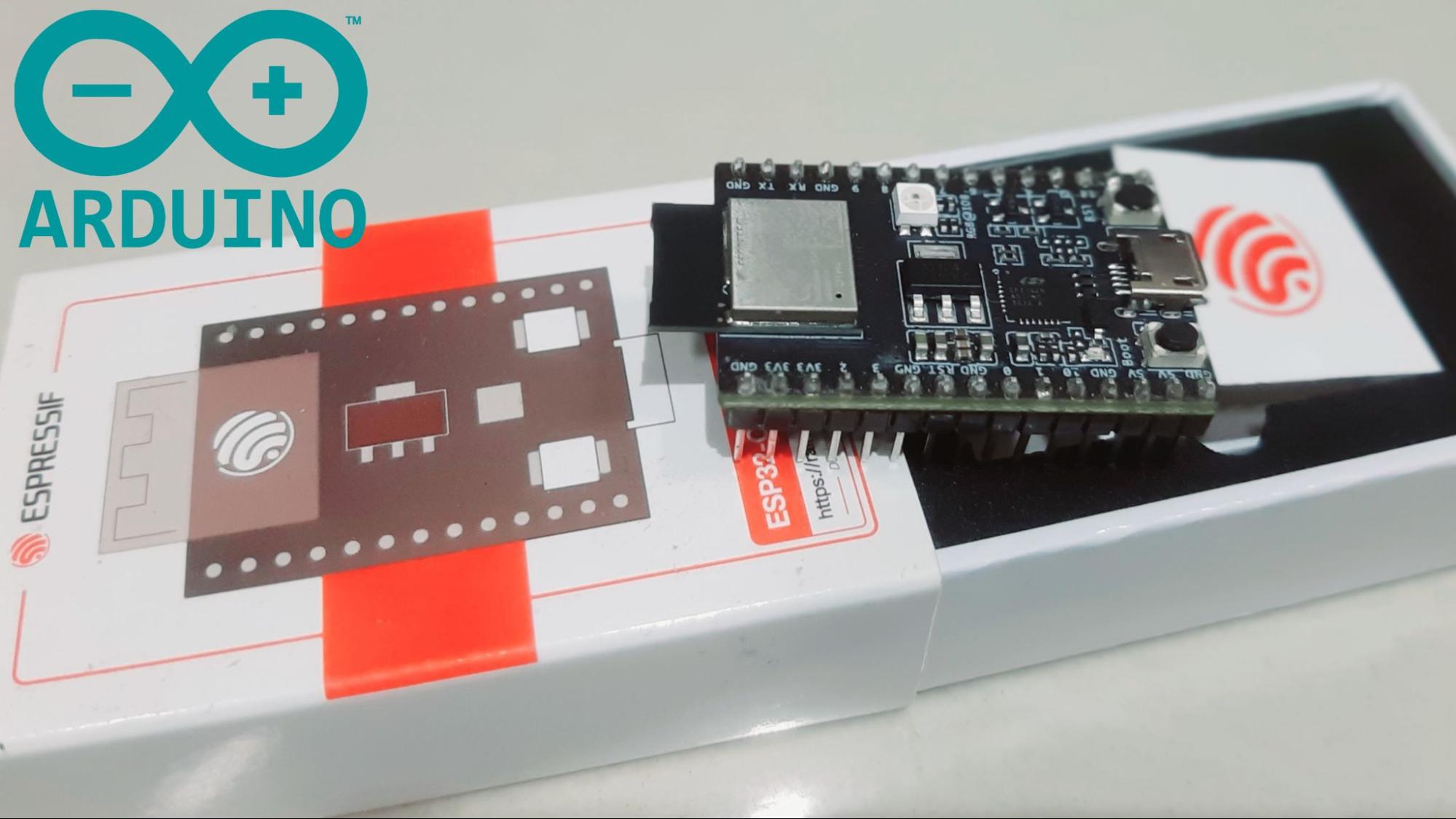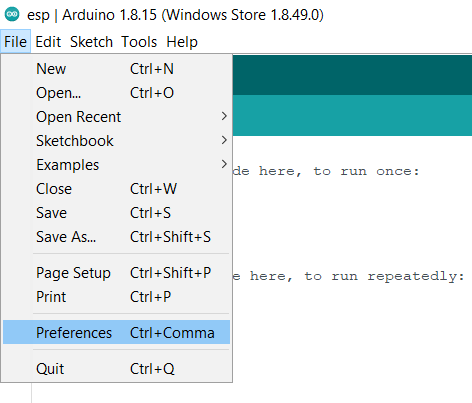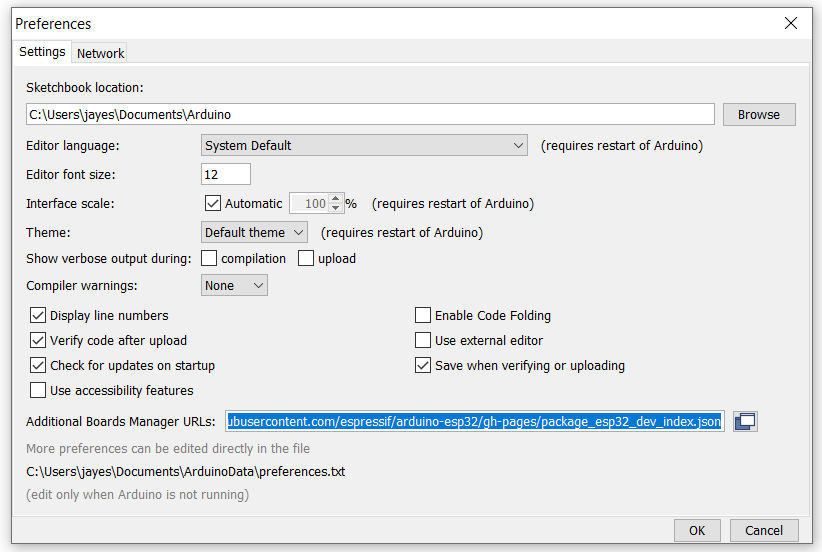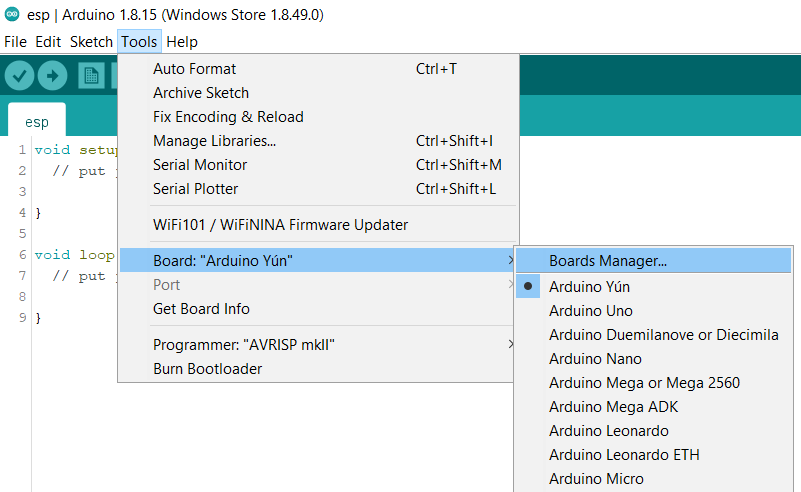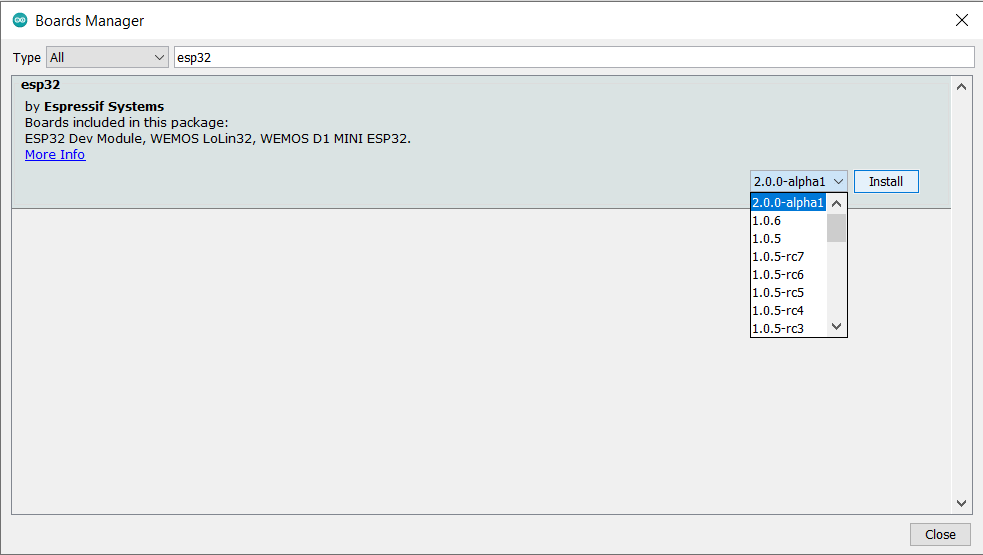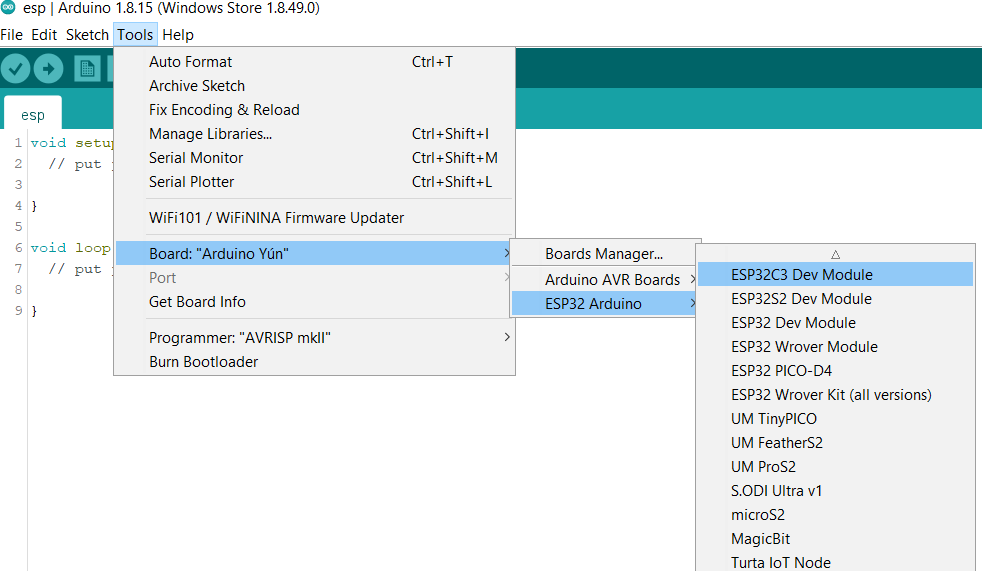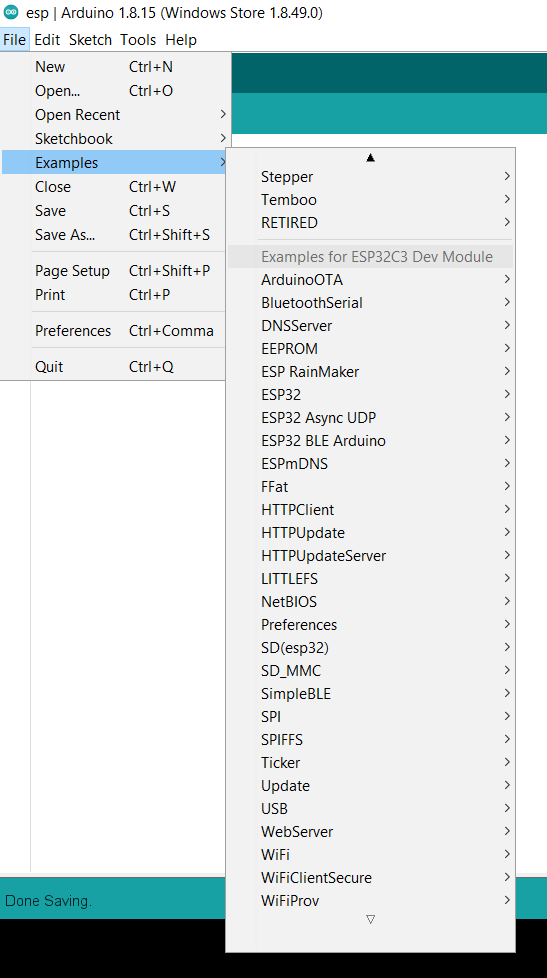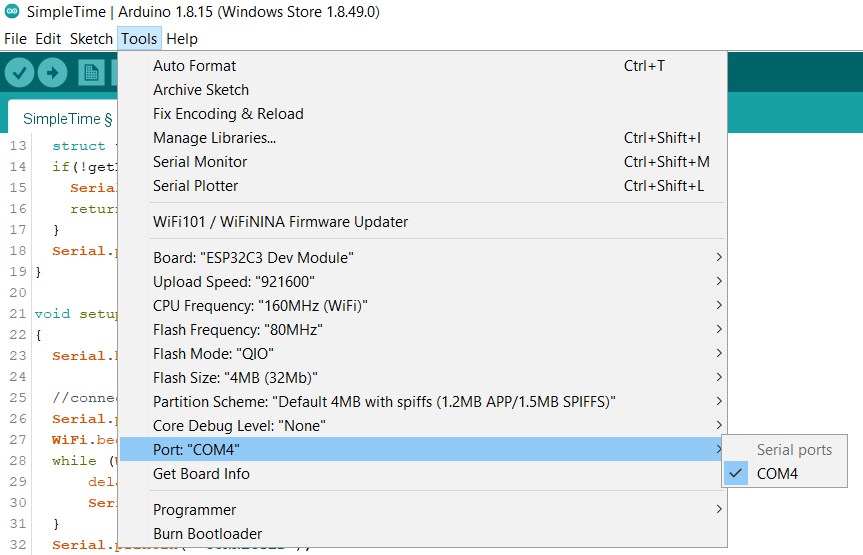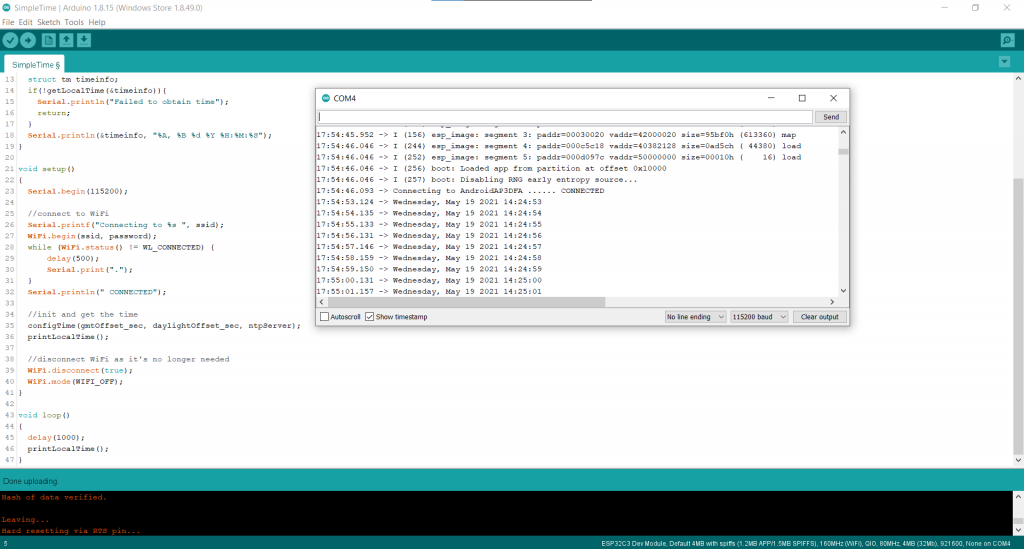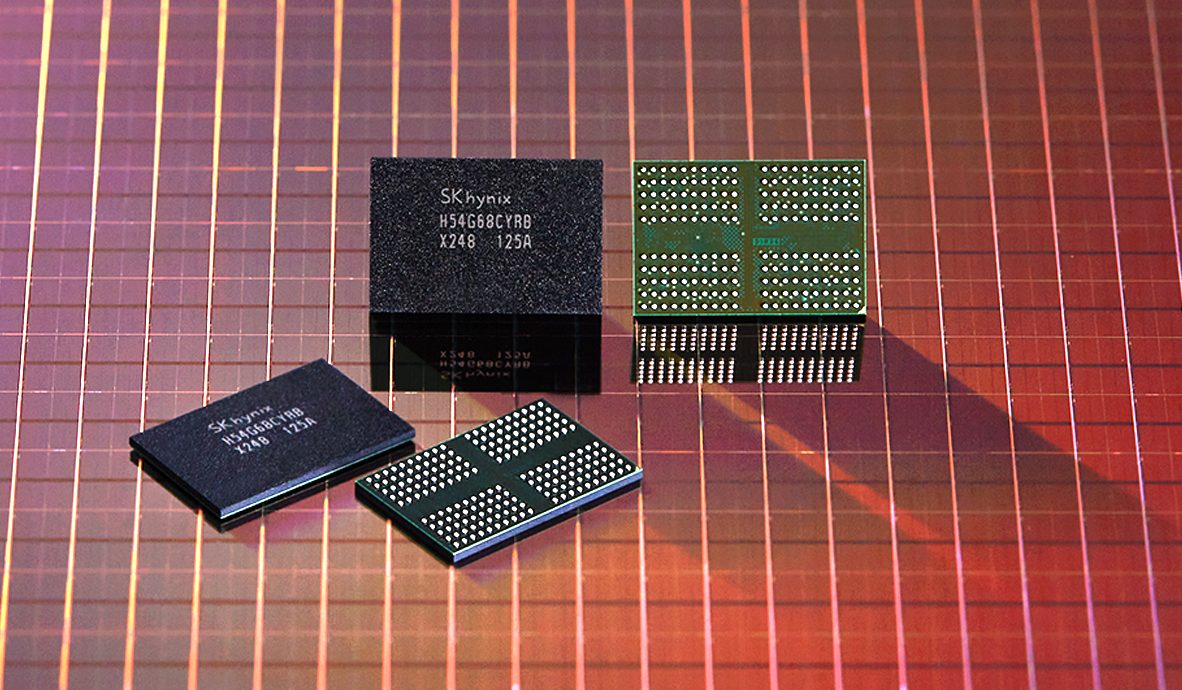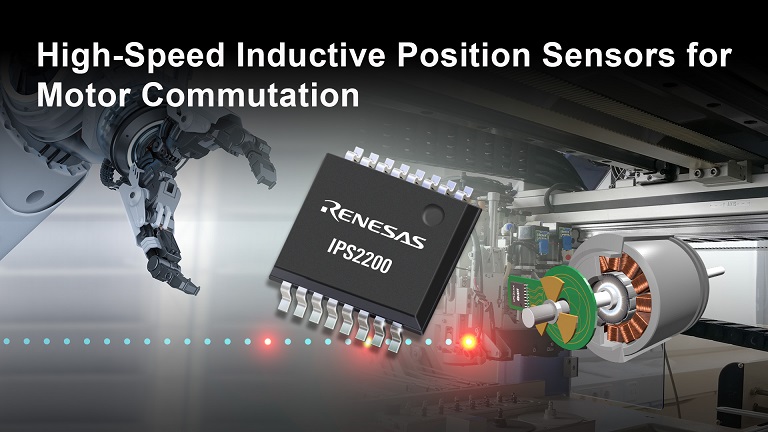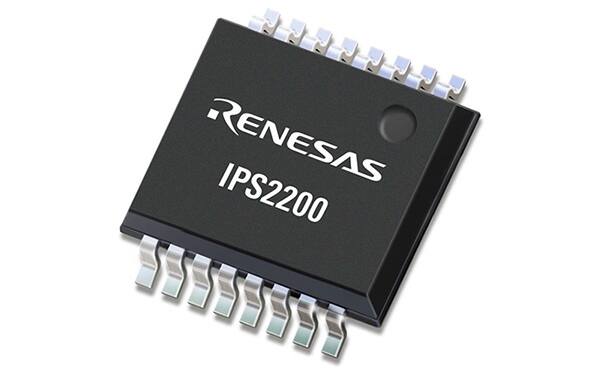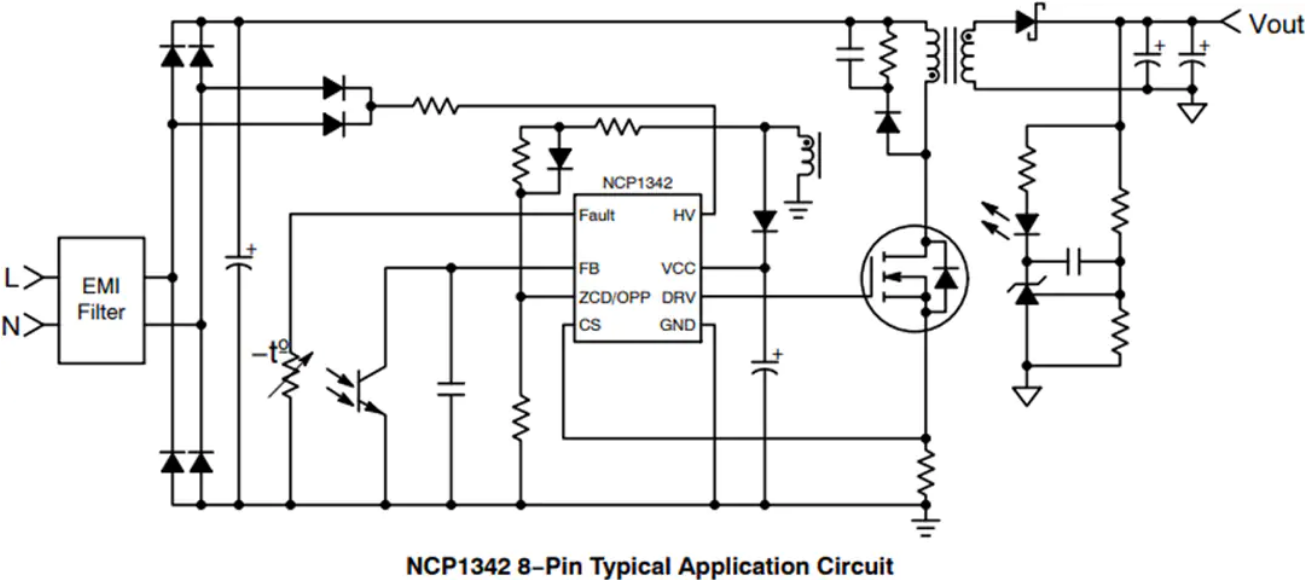Targeting connected industrial, medical, and automotive applications, iWave adds to its strong portfolio: i.MX 8 System on Modules with Wi-Fi 6. With the continuous advancement of wireless technologies, Wi-Fi 6 (802.11 ax) brings performance improvement with increased spatial and spectral performance in high-density environments. Wi-Fi 6 is designed to improve speed, increase efficiency with increased throughput by 4 times in a crowded environment, when compared to Wi-Fi 5.
- i.MX 8 SMARC System on Module with Wi-Fi 6
- i.MX 8 Qseven System on Module with Wi-Fi 6
- i.MX 8 Single Board Computer with Wi-Fi 6
The System on Module (SOM) approach is now the preferred model of product design with the SOM market exptected to reach USD 2.3 billion by 2025 with a CAGR of 11% in the period 2020 – 2026. With W-Fi 6 integrated on the SOM, it becomes easier for designers to design carrier cards and end products, shortening development time with reduced risk and complexity. iWave Systems takes the responsibility of product longevity while maintaining end of life for the hundreds of components on the module.
Integrated with the u-Blox JODY-W3, the System on Module provisions for Wi-Fi 6 and Bluetooth 5.1 connectivity options. iWave provides for a feature rich BSP support on the series of system on modules with the options of LINUX, ANDROID, UBUNTU and QNX. Available in SMARC 2.0, SMARC 2.1 and Qseven form factors, end customers have the options to choose based on the end requirement and the interfaces required. SMARC system on modules fin a fit in multi-media applications, Qseven in industrial applications and SBC for customers who want to focus on software development.
Technology Advancements of Wi-Fi 6
Wi-Fi 6 drives performance with 2 key technologies: MU-MIMO and OFDMA.
MU-MIMO (Multi-User, Multiple Input, Multiple Output) allows the hub/router to communicate with multiple devices simultaneously. OFDMA allows one transmission to communicate with multiple devices simultaneously, where a single channel is divided into a larger number of sub-channels. This allows for increased efficiency in both uploads and downloads.
Wi-Fi 6 also brings in improved battery life through a feature “Target Wake Time” (TWT). TWT allows for the devices to negotiate and decide when and how often they will wake up to receive and send data. This increases the device sleep time, thereby increasing the battery life.
Why Wi-Fi 6 with i.MX 8
The NXP i.MX 8 family of application processors aim to revolutionise multiple display automotive applications, vision, HMI and industrial systems. The i.MX 8 QuadMax/QuadPlus SoC integrates heterogeneous multicore 64-bit Arm® Cortex®-A72, Cortex-A53 & Dual Cortex-M4F Cores with an array of features like Dual GPU systems, 4K H.265 capable VPU targeted for applications that demand advanced real-time processing, multi-media performance as well as in applications that requires simultaneous multi-OS operations.
With the support for extensive industrial interfaces such as CAN, PCIe, USB 3.0 and SATA, i.MX 8 can be a perfect for industrial applications. With an integrated SECO Module with a dedicated HSM in the processor, i.MX 8 enables sophisticated security features such as Secure Boot, Secure storage, Wi-Fi Security and OPTEE. State of the art safety and secure software execution is mandatory in industrial and automotive connected products, where devices are prone to attacks.
Wi-Fi 6: Industrial, Automotive and Smart Home Applications
Wi-Fi 6 enables a new wireless era, solving challenges faced with previous wireless infrastructure, while laying the foundational capability to new use cases in the industrial, automotive, and smart city vertical markets.
In industrial environments, where intelligence is moving towards the edge and an increased number of sensors and connected devices in a dense environment, Wi-Fi 6 can help in providing a much more efficient connected infrastructure for wireless sensor data collection. In Industry 4.0 solutions, there is now a need for wireless 4K Video streaming and audio processing at the edge, there is a need for more reliable and robust
Connected mobility and automotive IoT solutions are evolving by day, with now a need for cars to talk to each other while also communicating to external infrastructure such as traffic signals and pedestrians. With emerging radio technologies such as C-V2X and DSRC, cars need efficient connectivity to download updates for various ECU and gateways at regular intervals. Wi-Fi 6 can help provide an efficient path for OTA through the Wi-Fi 6 network in houses, when the car is parked. With car manufacturers now looking at user experience and automotive infotainment to build customer loyalty, Wi-Fi 6 can help transform connectivity within cars for such applications.
You can view the performance of 4K video streaming over Wi-Fi 6
Through the extensive feature rich ready to use development kits, customers can now build quick prototypes to evaluate product market fit and evaluate performance. With our system on modules portfolio, iWave is driven by the mission to be a reliable technology partner in their product journey and ensure the best of products and extensive technical support.
You can find more information on our Embedded Computing platforms here.




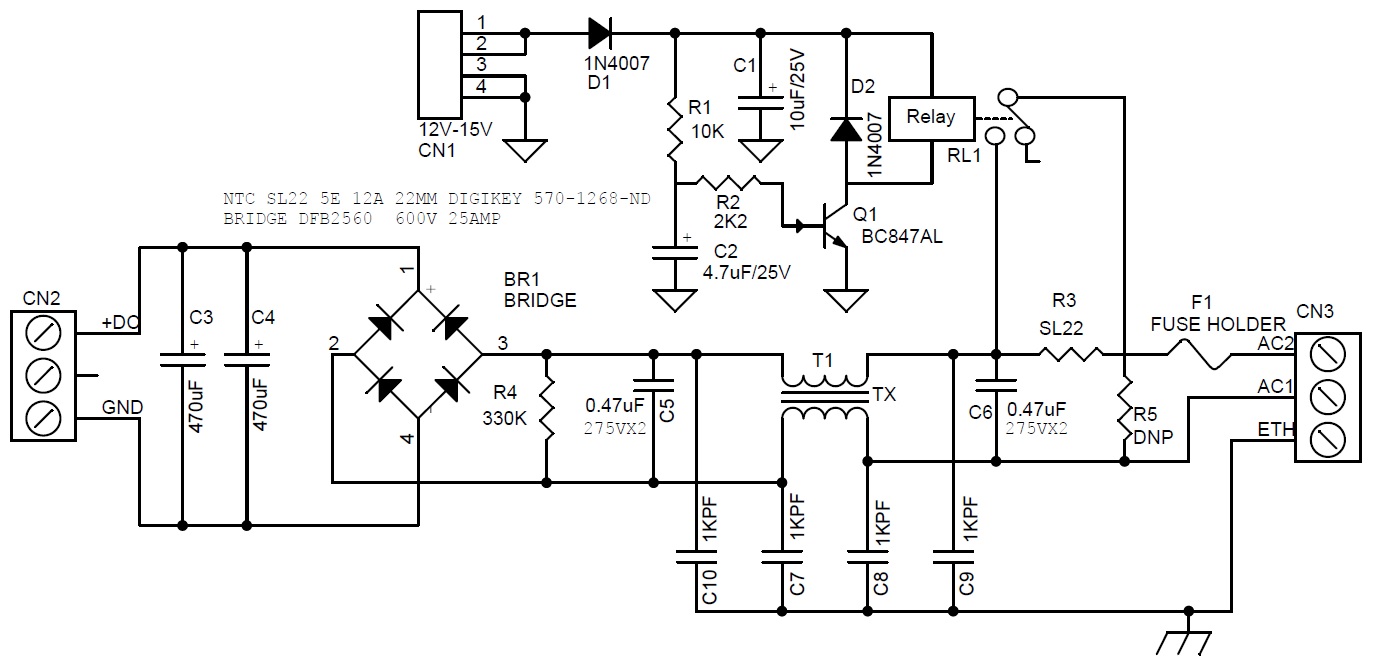
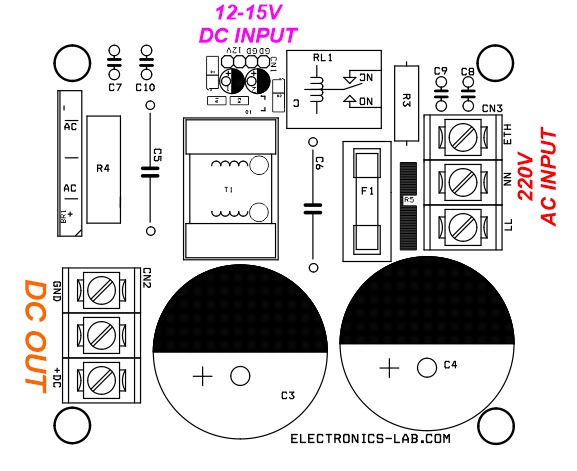








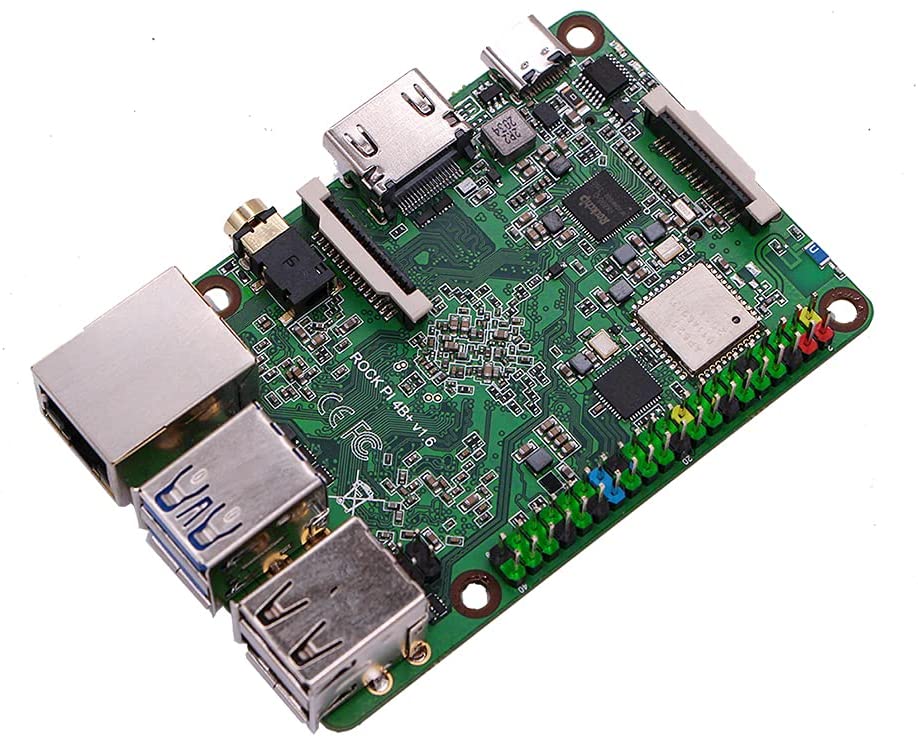
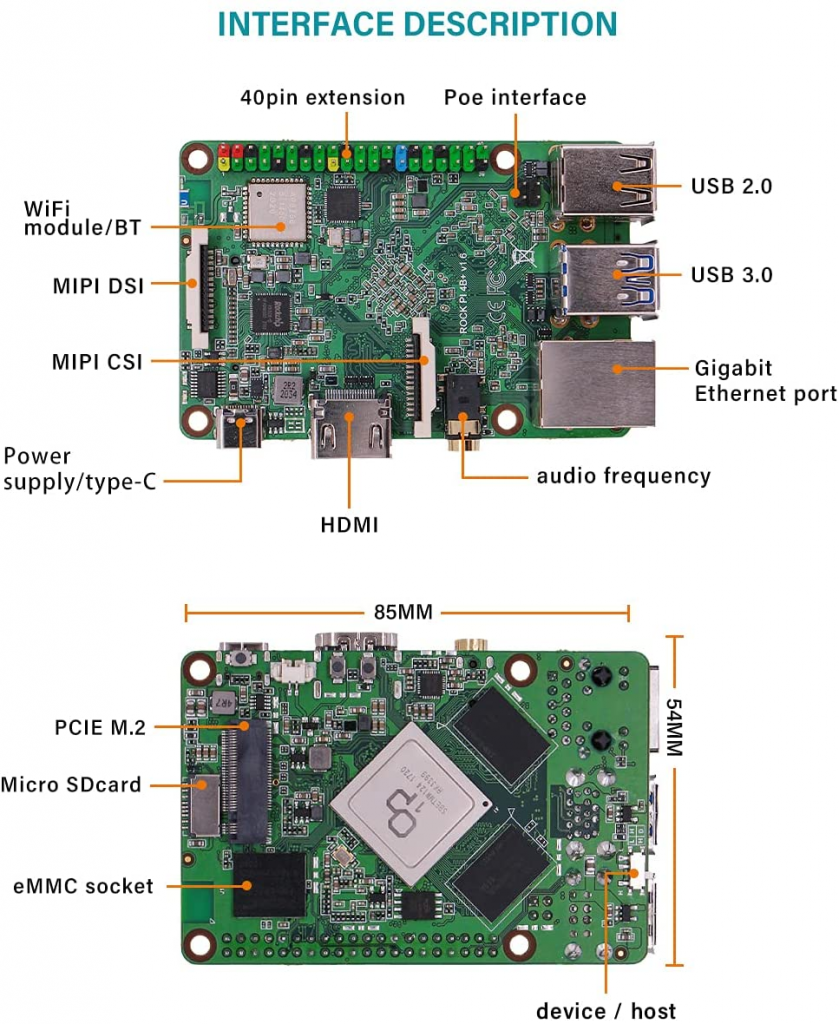
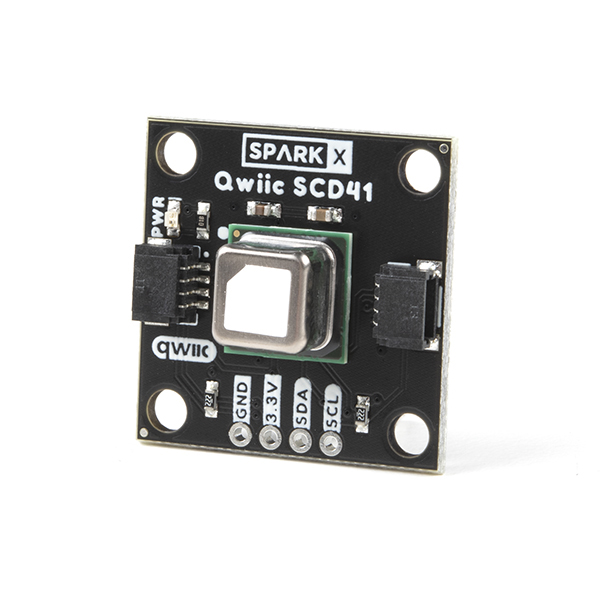
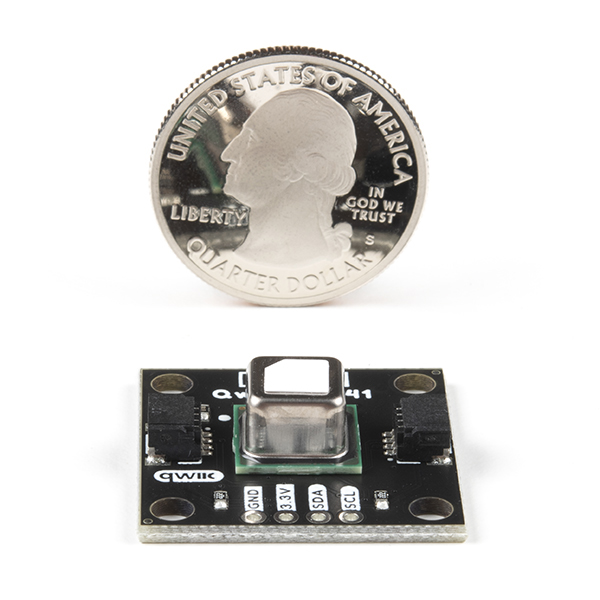 Essentially a breakout board for the highly accurate, miniature, and Photoacoustic sensing-based SCD41 CO₂ sensor from Sensirion, the Sparkfun’s SCD41(QWIIC) CO₂ Humidity and Temperature Sensor possesses the capacity to detect CO2 over a large output range from 0 to 40000 ppm with higher accuracy over 400-5000 ppm ±(40ppm+5%) range, with accuracy further improved by the On-chip signal compensation realized via the built-in SHT4x humidity and temperature sensor.
Essentially a breakout board for the highly accurate, miniature, and Photoacoustic sensing-based SCD41 CO₂ sensor from Sensirion, the Sparkfun’s SCD41(QWIIC) CO₂ Humidity and Temperature Sensor possesses the capacity to detect CO2 over a large output range from 0 to 40000 ppm with higher accuracy over 400-5000 ppm ±(40ppm+5%) range, with accuracy further improved by the On-chip signal compensation realized via the built-in SHT4x humidity and temperature sensor.